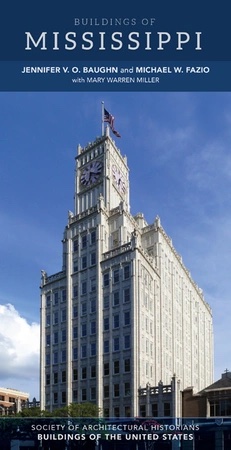
The National Park Service owns and interprets the Fort Rosalie site, the symbol of the struggle of France, Spain, Great Britain, and the United States for empire in the Lower Mississippi Valley. The French built the fort on a high bluff, and its support structures, including a church, a rectory, houses, and warehouses, stood on the plateau between the bluff and the river. After the Natchez Indians rebelled against French oppression and burned the fort in 1729, the French rebuilt it in the shape of a pentagon. Subsequently, the fort served as the seat of government for the British (1763–1779), the Spanish (1779–1798), and briefly the fledgling American territory. The fort continued in use at least into the 1820s as the site of the city gallows and as a burial place for town slaves in its moats. The fort existed as a “romantic ruin” as late as 1897, and remnants of its earthworks survive today.

